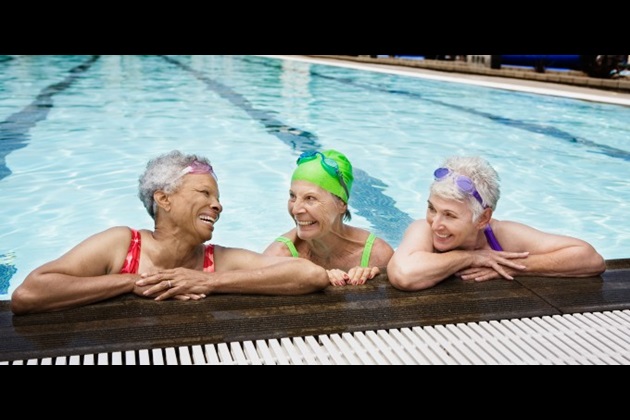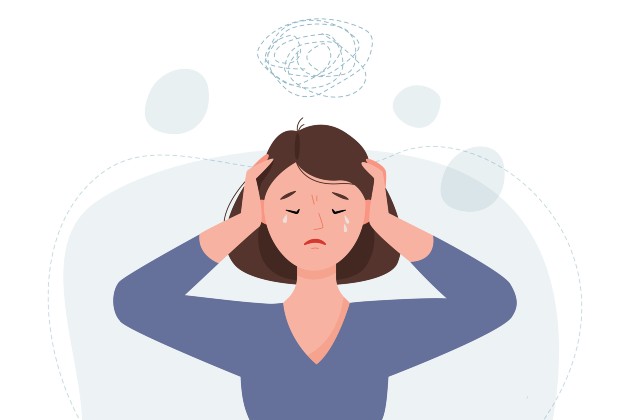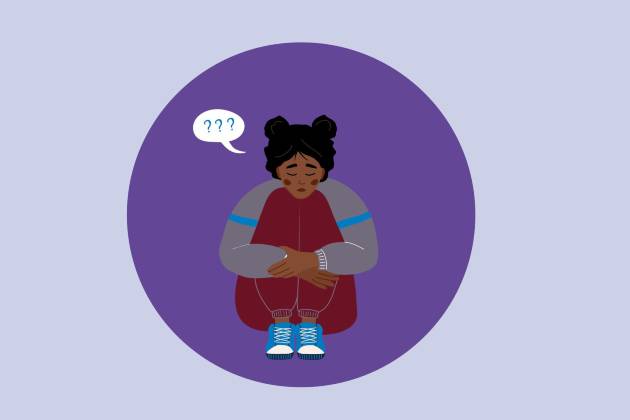General practice nurse manager Joyce has created a new model for social prescribing that helps reassure and motivate patients
“Patients have said they feel positive, they’ve got an improved sense of wellbeing, more energy, and they feel in control and motivated,” says Joyce Pickering, Nurse Manager at Cricketfield Surgery, Devon.
Following an RCN leadership course in 2018, Joyce, a member of the General Practice Nursing Forum, created a programme for her patients that’s had spectacular results. Alongside improved wellbeing, there’s been reductions in blood pressures and blood glucose levels, people moving towards healthy weights, some cutting down on alcohol and others feeling less anxious.
What’s the secret behind these results? Social prescribing.
With social prescribing, the patients are fixing themselves
It’s a holistic approach, helping to address mental health and social needs that can have a knock-on effect on physical ailments, particularly for people with long-term conditions. Social prescribing often involves referring a patient to a link worker, who provides space to talk about their needs. The link worker then connects the patient to groups, services and information that could help them.
“With social prescribing, the patients are fixing themselves,” says Joyce. “It's a completely different way of looking at things.”
But from Joyce’s experience, people who were already feeling demotivated and struggling to make lifestyle changes were unlikely to attend external appointments. “For some patients it's fear of the unknown, they get anxious if they've got to meet other people, or they don't have transport to get there,” Joyce explains.
Familiar faces
She decided to create a practice-based model of social prescribing, where health care assistant Sharon Allison leads sessions at the GP surgery one day a week. Joyce and Sharon both completed health coaching, while Sharon also took a HOPE (help overcoming problems effectively) course.
“Education for the practice staff was key because we wanted to make sure that appointment slots were seen by the right person,” Joyce explains. The team also created a “de-medicalised” space for social prescribing appointments, bringing in sofas and decorating the walls.

“We weren't asking patients to go to a strange place with people they hadn't met before,” says Joyce. “I think that's one of the reasons why this has been successful – our DNA (did not attend) rate is very low and in the first three months we saw 48 patients, many of them multiple times.”
Rather than the standard 10-minute appointment, patients are booked in for half an hour, giving them a chance to open up about any issues they’re encountering, and discuss solutions that would fit with their lifestyle. Overall, they’re offered 12 weekly appointments. Joyce says: “Within about four or five weeks, Sharon's day was full.”
Thinking outside the box
To begin with, Joyce and the team decided to focus their social prescribing on people experiencing low mood. Some were suffering from anxiety, others were feeling overwhelmed after cancer treatment, some were struggling to manage their weight or diabetes.
Some cases forced Sharon and Joyce to think outside the box: “We had somebody absolutely distraught that her pet had died. She was an elderly lady, her husband had died a few years before and when their pet died, that was a massive thing for her. Sharon resourced pet bereavement counselling.”
Many people have taken up new exercises – one woman in her 70s started ballet classes, some have started swimming for the first time, and walking football has proven popular.
Another woman found herself struggling to manage her diabetes after the sudden death of her partner. With encouragement, she began spending 10 minutes a week on an exercise bike. She built up to three sessions per week, spending longer on the bike each time. “Three months later, there were improvements in her glucose control and blood pressure,” Joyce says. “She said: 'When I fixed that one thing, I knew I could fix something else.’”
Joyce is keen to continue what she’s started and has ambitions to expand the surgery’s social prescribing programme. “Going forward, we’re looking at group consultations,” she explains. “For example, we’ve got a high percentage of single, young mums, and some of them become quite isolated as our geographical area is quite rural. We'll be looking at them and other groups that may benefit from social prescribing.”
Seeing how much the scheme is helping patients has had another, unexpected, consequence: “It’s had a positive impact on the staff. Sharon says that her job is now even more fulfilling.”
Find out more about social prescribing.
Social prescribing at a glance
The government says that 60% of clinical commissioning groups currently use social prescribing to help tackle anxiety, mental health problems and dementia.
Last year, health secretary Matt Hancock promised to recruit 1,000 social prescribing link workers and pledged £5m for a new National Academy for Social Prescribing. The aim is to give 900,000 more patients access to social prescribing schemes by 2021.
In many areas it is early days for social prescribing. But the benefits are becoming clear for patients and health care professionals.








